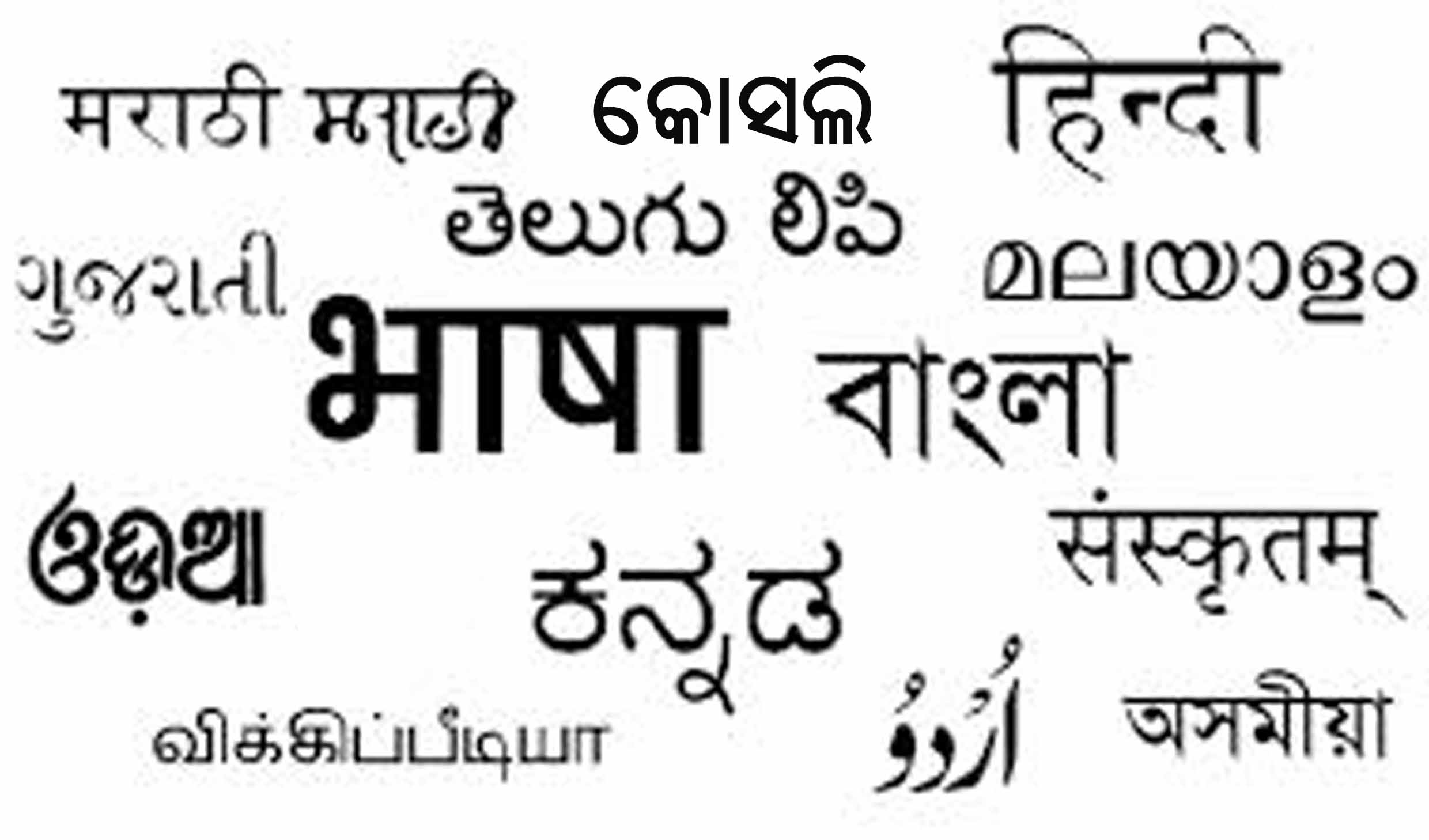Medium of instruction of teaching means a language which is used inside the classroom to inform the student. And if a child is not acquainted with the medium of instruction before entering into the classroom then certainly that is a foreign language for the child. Resultantly the child failed to grasp the teaching or the course content. Teaching a child in an alien language is as if putting the child in deep water without swimming knowledge of the child. So, instruction in mother-tongue is indispensable for the child. Advantage of having a mother-tongue based education enable the child easily grasps the course content as they are used to the vocabulary. Research has shown that children’s first language is the optimal language for literacy and learning throughout primary school (UNESCO 2008 a). Most developed nations have medium of instruction in their mother-tongue. Education is the key to development of the nation and so accordingly the Government of India has enacted Right to Education Act (RTE) on 4th August 2009 keeping provision of compulsory education for children between 6 and 14 in India under article 21 A. India become the 135th country to make education a fundamental right.
Further, the right to receive education in one’s own mother-tongue or native language is recognized by several international instruments. Under the provision of the Declaration on the Rights of Persons belonging National or ethnic, Religious and Linguistic minorities (1992), States are required to take appropriate measures so that, whenever possible, persons belonging to minorities may have adequate opportunities to learn their mother-tongue or to have instructions in their mother-tongue.
But “Right to Education for All” is grossly violated in Odisha. At present Odia is the medium of instructions in the elementary level in Western Odisha. But Odia is not the mother-tongue of children of western Odisha, it is Kosali. No education in Kosali for the children of western Odisha. No education in mother-tongue; education denied. Kosali children are deprived of their fundamental rights. And development from this region has been hijacked.
Literacy is a useful indicator of the relative development of a society. It is widely recognized that societies with a higher percentage of literates have higher levels of development. According to census 2011, literacy rate of India is 74.04% and literacy rate of Odisha is 73.5%, marginally lower to the national rate. But there is a huge gap between the literacy rate of districts of coastal Odisha and western Odisha. Districts of coastal Odisha are ahead of the aggregate literacy rate of Odisha but western districts are lagging behind. Literacy rate in western Odisha ranges from 42% to 70.65% while coastal districts literacy rate ranges from 70.56% to 79.59%. This is because coastal districts students are getting education in their mother tongue while western Odisha students are instruct in Odia, which is not their mother tongue.
Kosali is used in the day-to-day life by two crore (2,00,00,000) people of western Odisha out of the total 4.2 crore population of Odisha according to the census of 2011. Western Odisha encompasses ten contiguous districts forming a strong linguistic identity and cultural homogeneity. For the people of western Odisha it is not just a language but a way of life that propel progresses and harmony in the region.
Western Odisha contains 40 to 50 % of the state’s population. Odia language is not used in day-to-day communication in western Odisha. But medium of instruction is Odia in the schools that’s why dropout rate is very high in rural and Adivasi area. This is the main reason of low literacy rate in the region. Kosali is the dominant means of communication throughout western Odisha. Though there are a few tribal languages, but all tribal languages have functional capability in Kosali not in Odia. Odia medium instructions is throwing challenges for the students of western Odisha and blocking them in their progress like overall marks of students from western Odisha are lower than the students of coastal Odisha and students of western Odisha fail in both 10th and 10+2 examinations. Hence, education in Kosali language is the key to development of western Odisha.
On 30th July 2012 the then chief secretary of Odisha directed Odisha Primary Education Programme Authority (OPEPA) a body of the Government of Odisha to start mother-tongue based primary education in 10 languages; Munda, Santhali, Kissan, Oraon, Kui, Koya, Bonda, Juanga and Saura; of the state but there is no Kosali.
Further, OPEPA published an advertisement on dated 25/5/2014 in Sambad daily about recruitment of total 295 Sikshyaa Sahaayak/Sahaayikaa for different languages of different districts like Binjhal (Bargarh), Santhali & Ho(Balasore), Kui(Gajpati), Dibai(Malkangiri), Bhunjia(Nuapada), Pahadi Bhunjia & Kharia(Sundergarh), but again there is no Kosali.
People of western Odisha have been deprived of their basic cultural right, right of mother-tongue which connects them with their economy, socio-cultural system and political right. Perhaps this is the same mentality where Sudras were checked by Kshyatriyas and Brahmins from education and Sambhu was killed by Ramachandra while reading Veda. For the same reason, Dronacharya asked for the thumb of Ekalavya; fearing he may challenge the prince.
Saket Sreebhushan Sahu
saket.sahu@gmail.com



